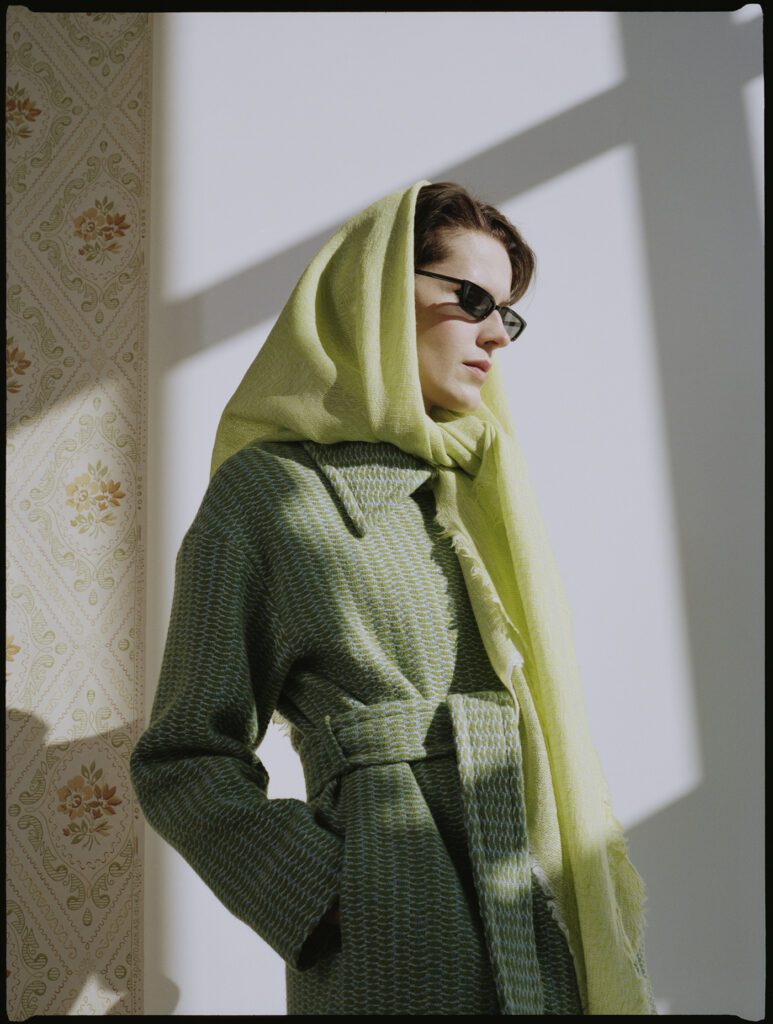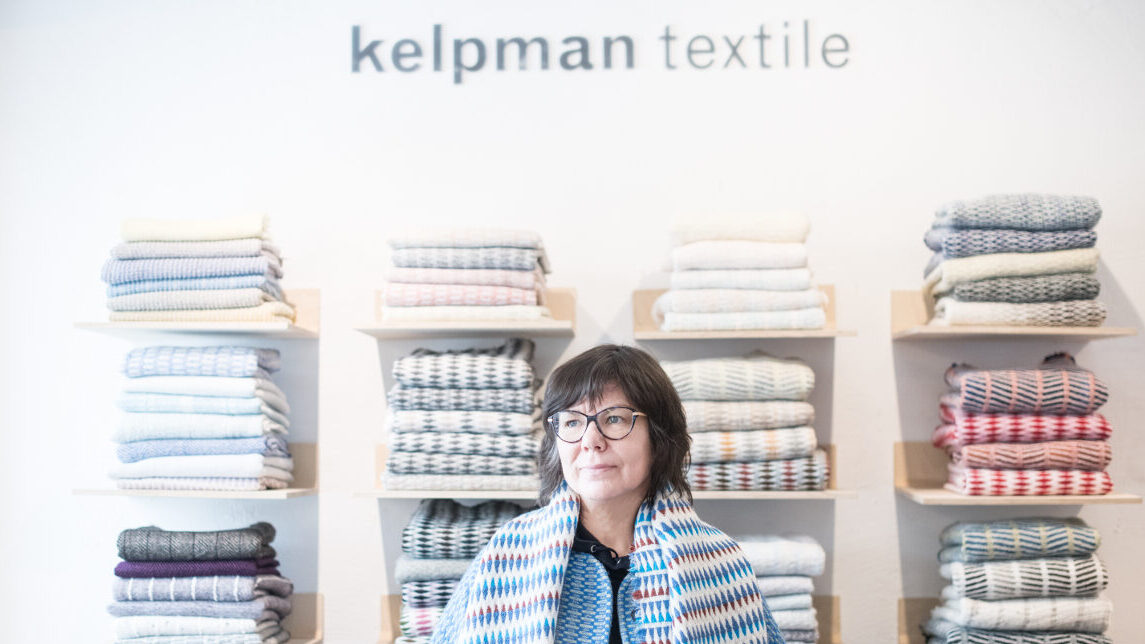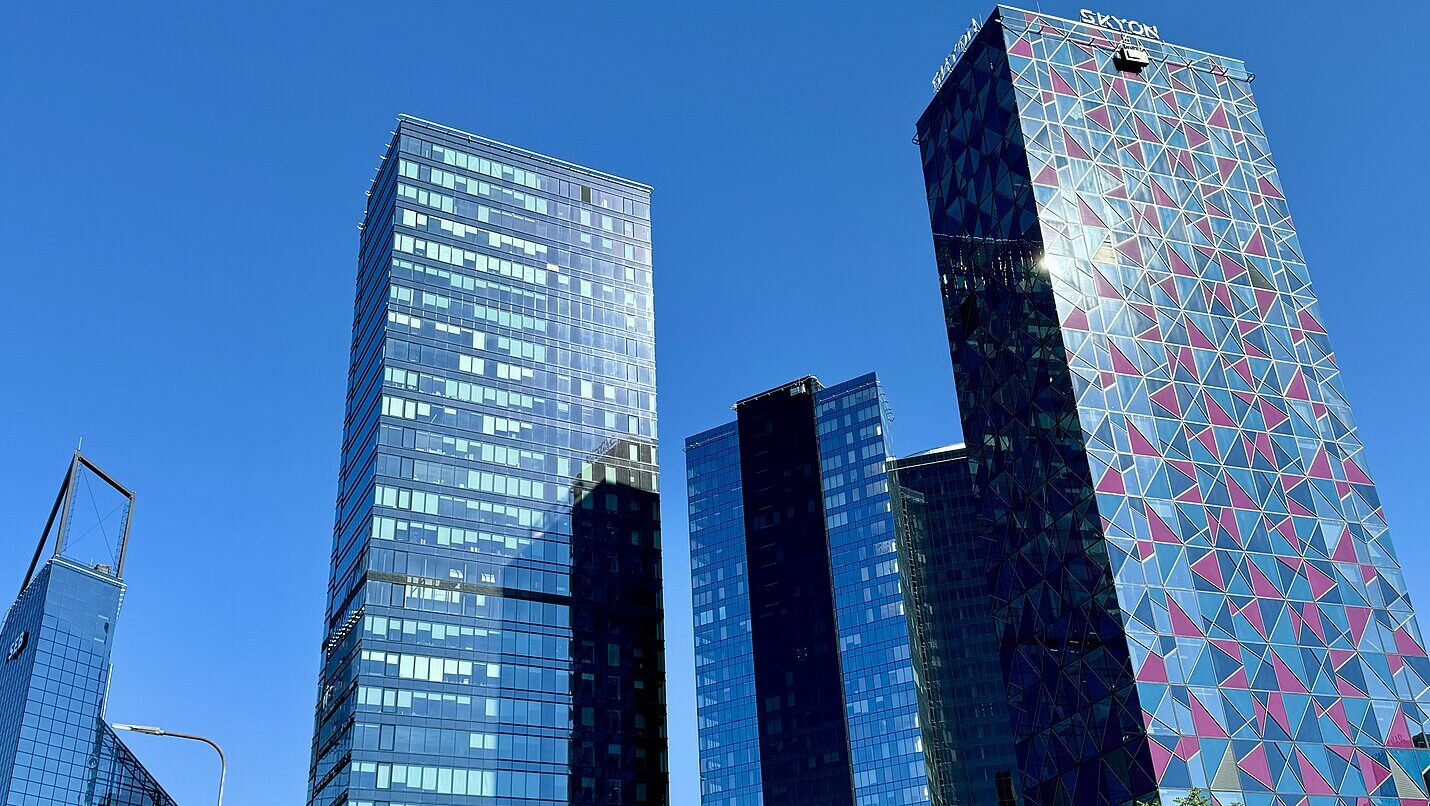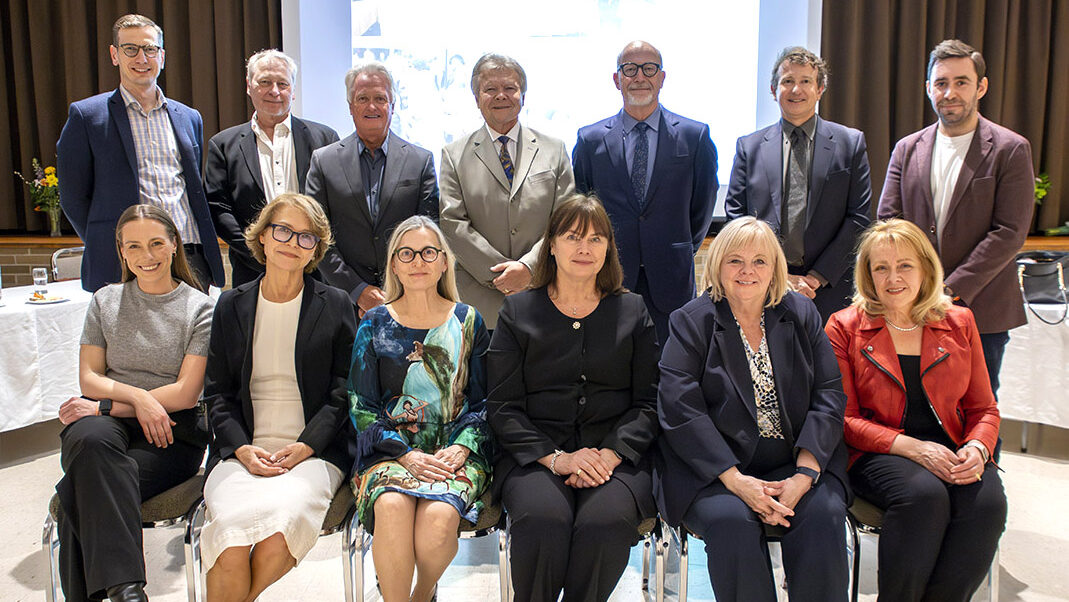Or, runway models use these platforms themselves and inadvertently start new trends. Either way, these platforms offer plenty of fashion inspiration to consumers. Companies exploit this opportunity to the fullest extent by engaging in fast fashion, which refers to mass-producing clothes that replicate these influencers' and celebrities' styles at low costs. In effect, consumers can purchase a Bella Hadid-esque outfit for the price of a sandwich.
Fast fashion has resulted in significantly shortened trend cycles. These so-called “micro-trends” introduce something new to buy every month. With the end of each rapid-fire micro-trend—which lasts anywhere from a month to a year—clothes are neglected or are otherwise thrown away due to their low quality. Whether they end up in landfills or the back of a closet, fast fashion is incredibly wasteful and unsustainable.
In 2019, the World Bank estimated that “the fashion industry is responsible for 10% of annual global carbon emissions, more than all international flights and maritime shipping combined.” Without significant change, “the fashion industry's greenhouse gas emissions will surge more than 50% by 2030,” according to the same report.
But there is hope for a better future. Designers that use sustainable production methods—from working with organic materials or biodegradable dyes to incorporating engineering patterns that create zero waste—significantly decrease their carbon footprint.
Hailing from the island of Saaremaa, Estonian textile designer Mare Kelpman sees stylish sustainability as the only way forward in the fashion world. Established in 2012, her successful women's clothing and home accessory brand Kelpman Textile takes inspiration from Kelpman's hometown by pairing long, airy silhouettes with simple, yet abundantly vibrant, colour schemes, creating pieces that are timelessly chic. In Kelpman's own words, the brand's style is reminiscent of the “fresh morning dew that soaks the grass before a hot day.”
But how exactly is her brand sustainable? For one, Kelpman Textile uses high-quality, completely natural, long-lasting materials, as opposed to synthetic ones like polyester.
Wool is one of her most popular materials. Far from considering it an untouchable itchy nightmare, Kelpman sees a certain elegance in wool's archaic origins and wants to revive it as a celebrated material in the fashion world. At first, this feat was met with difficulty. “In Estonia, my products were initially received with jaws dropped,” Kelpman said in an interview with Savant Magazine. “[I was asked] ‘what do you mean you're making wool clothing? Where's the glamour and affluence usually en vogue in the local fashion scene?”

maikenstaak.com)
“Now I'm looking for ways to popularize wool, [a] material that has been in use for centuries. Wool is a protective shield in the Nordic climate – it is a warming, breathable, water-absorbent and antibacterial material,” said Kelpman. Since Kelpman Textile does not use chemicals, the brand's wool clothing is biodegradable and will leave no harmful residue behind. In the warmer months, Kelpman likes to work with linen, which is also completely natural and sustainably sourced.
Both materials—wool and linen—”do not travel long distances in big ship containers, and we do not create waste in terms of both textiles and products,” according to the brand's website. “Yarns are sourced from various European manufacturers, who commit to fair treatment of animals and use non-toxic substances in the yarn. All textile items are created in limited numbers, and leftovers from cutting are used to make small accessories.” Kelpman continues, “This way, I can contribute to the promotion of approaches oriented towards minimizing overproduction and overconsumption and help encourage local producers. Otherwise, the decline of the textile industry will inevitably bring about the loss of unique skills in Europe.”
Though good for the environment, sustainable fashion is not accessible to low-income earning individuals. High-quality materials that are scarce in number are expensive to acquire and even more costly to outsource. Ethical labour also comes at a higher cost. On top of this, brands still need to make a profit.
Even to higher-earning individuals, much of fast fashion's appeal is derived from its cheap price tag. It's no secret that we live in a disposable society. Buying something cheap and replacing it when it breaks has become increasingly more common than indulging in expensive items. (When's the last time you saw a local shoe repair store in your neighbourhood?) Despite society's rampant consumerism, it is important to invest in quality items that will stand the test of time, if you can.
Overall, Kelpman Textile prioritizes sustainability without jeopardizing style. Check out her newest collection on her website here!
This article was written by Natalie Jenkins as part of the Local Journalism Initiative.




